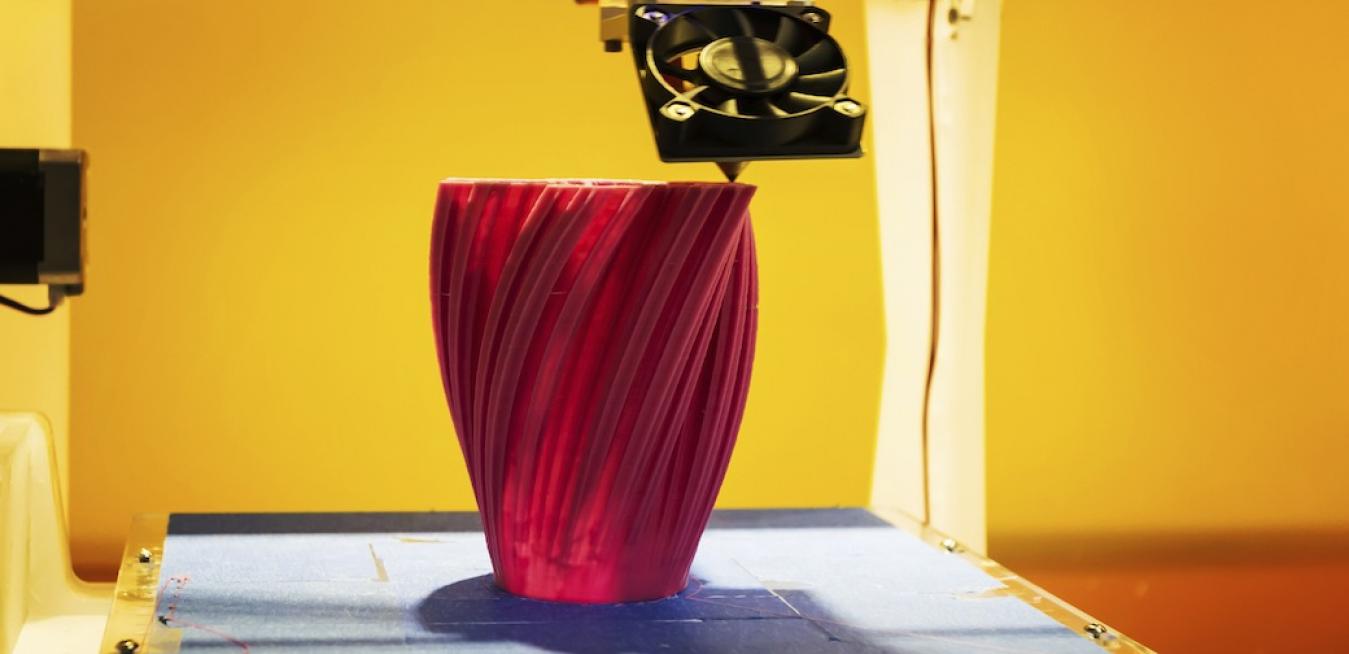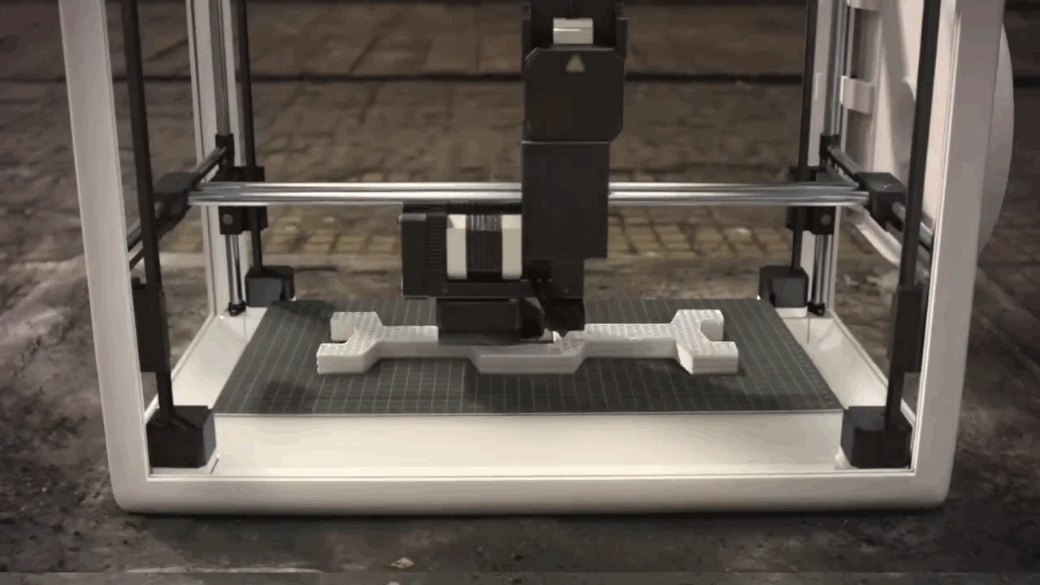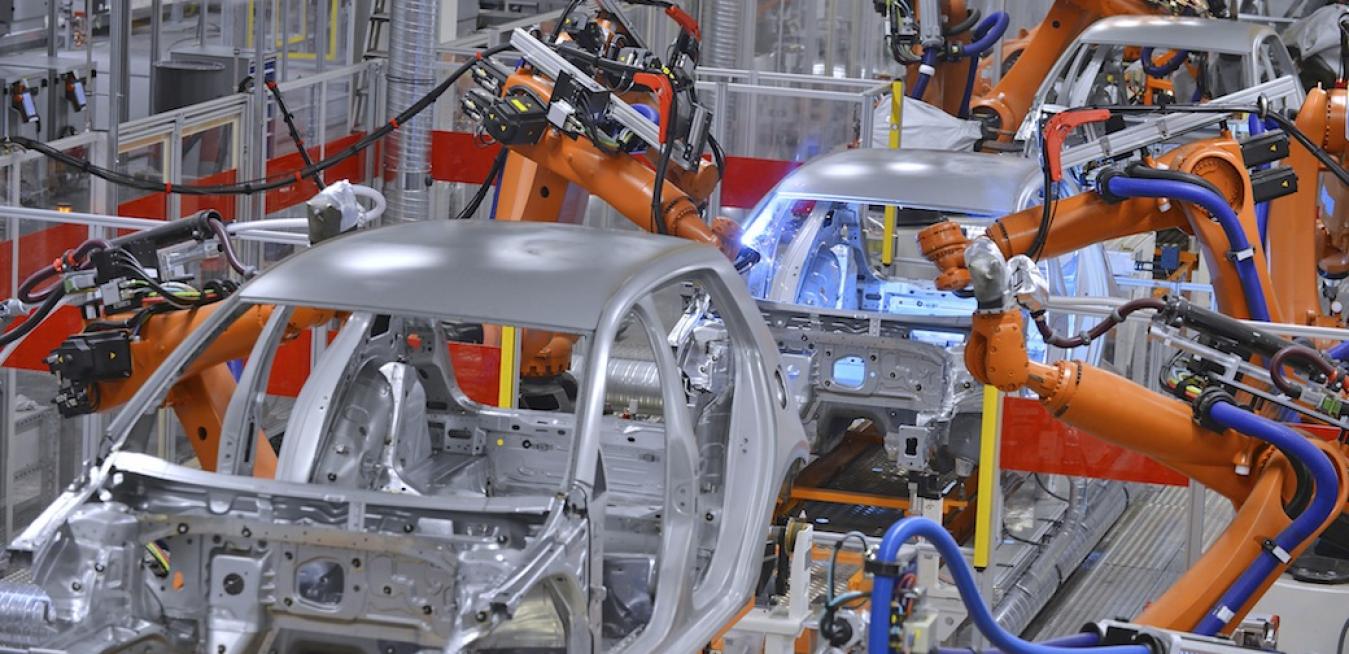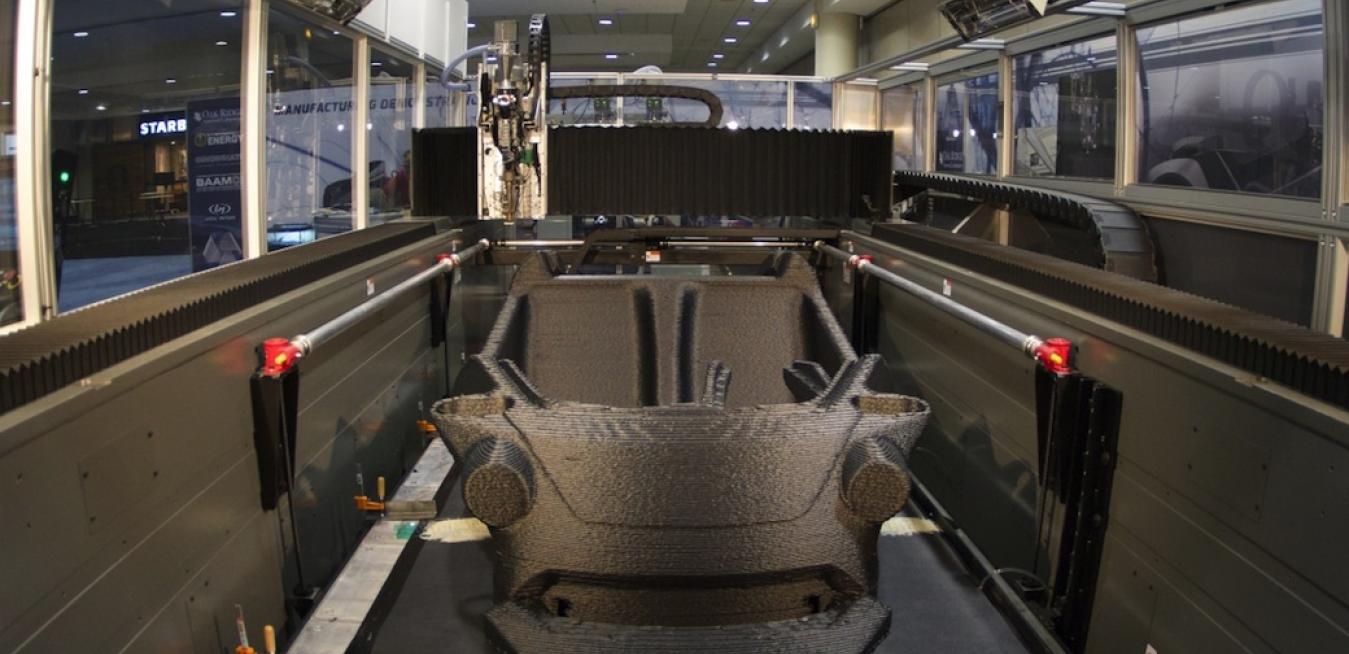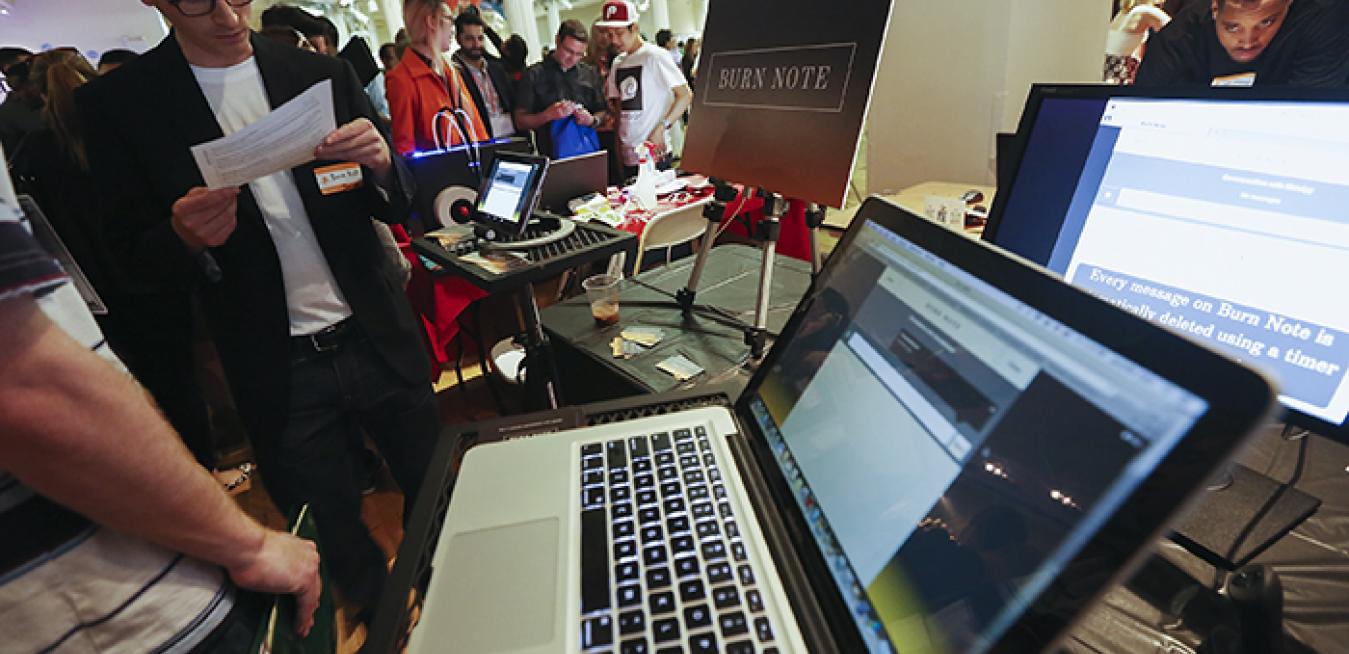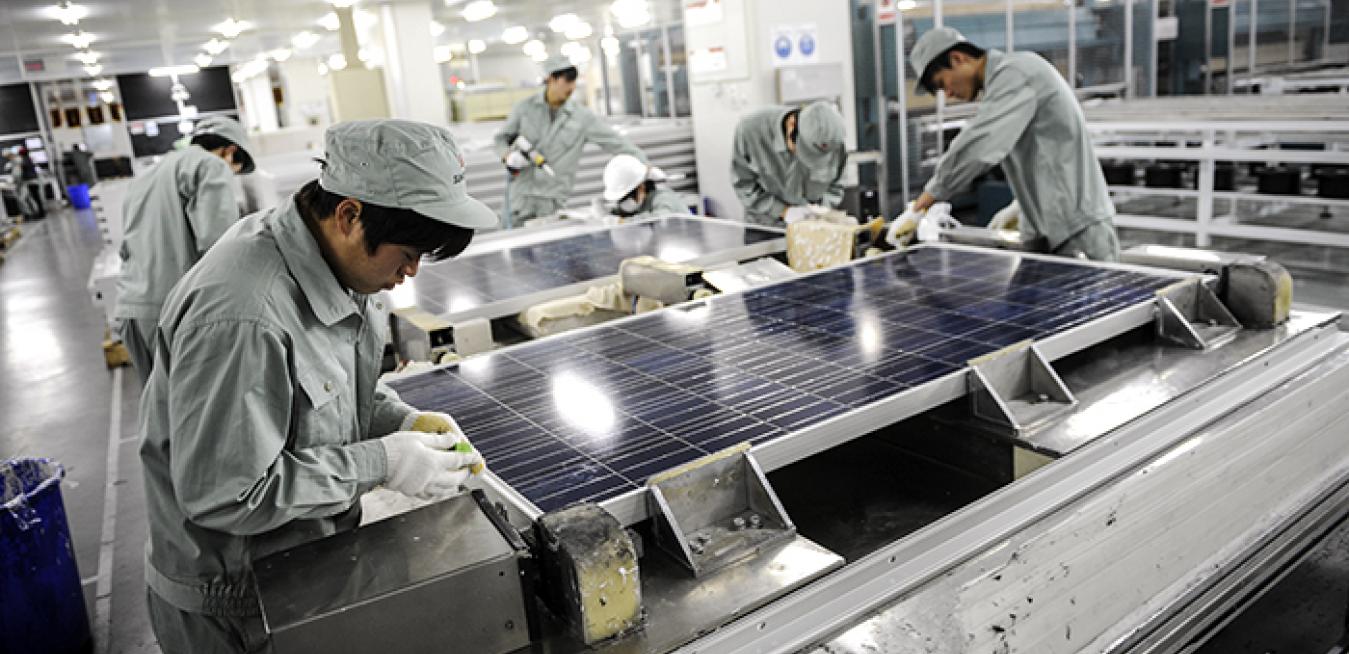By embracing “bottom-up” innovation, the U.S. government can help advanced manufacturing respond to the speed and complexity of technological change.
Gaining a national edge in the advanced manufacturing space typically isn’t a “top down” process, especially given the speed of technological change. Given that, one of the great strengths of the Obama administration’s National Network for Manufacturing Institutes (NNMI) initiative has been its vision of competitive, “bottom up” project selection and governance.
The digitization of manufacturing is transforming entire industries. Here are five takeaways from a workshop on how U.S. regional economies can support the development of an ecosystem that brings together hardware and software.
In fact, they’re increasingly essential to the competitiveness of a country’s manufacturing sector.
There is good evidence that robots are a driver of economic growth, given new research by George Graetz and Guy Michaels showing the impact of automation technology in productivity statistics. But this raises a question: Has productivity growth from robots come at the cost of manufacturing jobs?
How can they be better leveraged?
There are lots of ideas out there, but as we argue in a new paper, one of the most effective ways for the labs to increase their economic impact is for them to “go local” and engage more in the advanced industry ecosystems within which they reside.
What if the recent agreement by Apple, Google, Intel, and Adobe to pay $325 million to settle claims that they colluded to limit job-hopping only reflects how much is at stake here?
“Climate finance” entails applying the power of private-sector finance to scaling up low-carbon solutions. Its stock is rising now because the world needs to unleash massive flows of private capital in order to mitigate its carbon problem.






